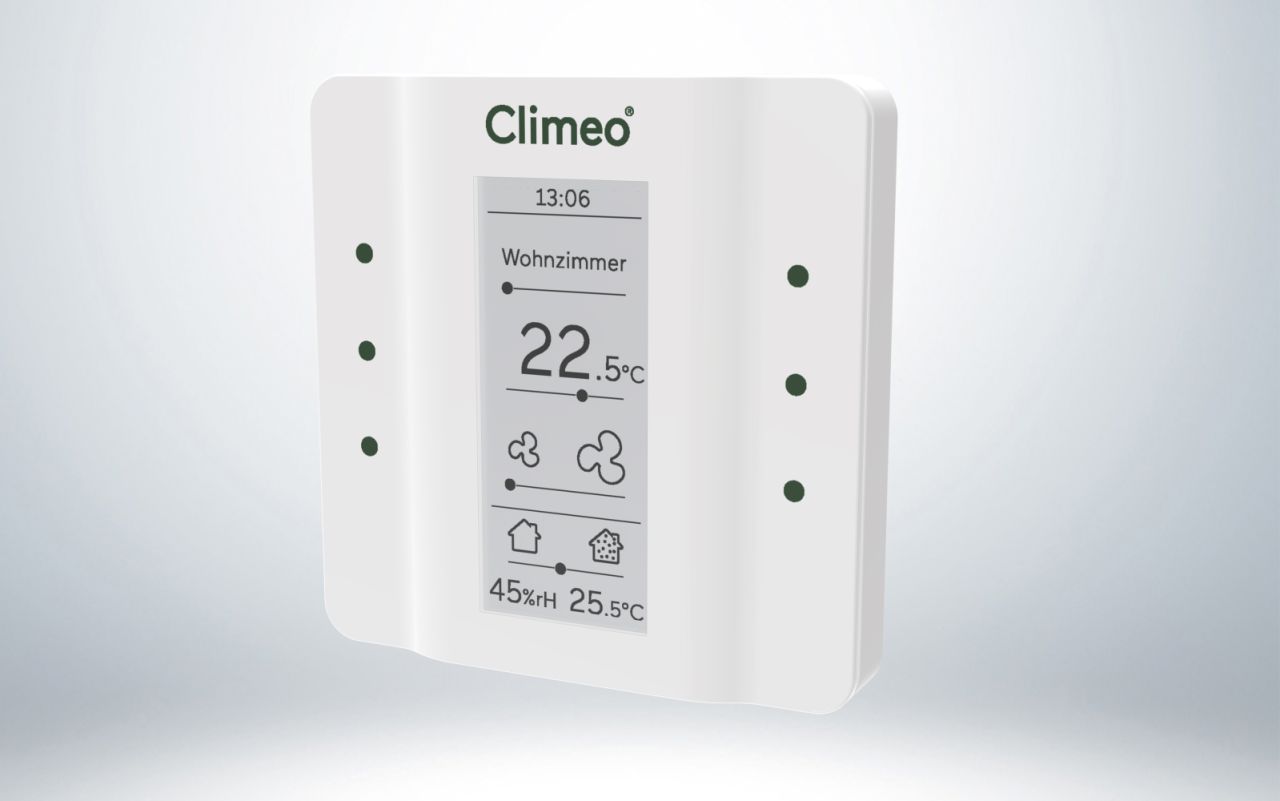In-Mold Decorations Demystified: Opening the Keys Behind This Cutting-Edge Manufacturing Refine
In today's fast-paced manufacturing landscape, in-mold designs have actually emerged as an advanced method that remains to intrigue industry experts. This advanced manufacturing process holds the pledge of revolutionizing the way we view and make use of attractive elements in various products. As we explore the intricacies of in-mold decors, a world of ingenious opportunities unravels, using a glance right into a world where design fulfills functionality in a seamless fusion. In-Mold Decorations. Remain tuned as we explore the underlying principles and reveal the enigmatic appeal of in-mold designs, shedding light on the tricks that drive this procedure to the center of modern-day production techniques.
The Development of In-Mold Decorations
The development of in-mold decorations has been noted by considerable improvements in innovation and style development. Initially, in-mold decorations were limited in their complexity and color alternatives. Nonetheless, with the advent of brand-new manufacturing techniques and materials, the opportunities have expanded exponentially.
One key innovation has been the development of high-resolution printing procedures that permit intricate styles with vibrant shades to be transferred onto items during the molding procedure. This has enabled manufacturers to accomplish photorealistic images and in-depth graphics that were previously unattainable.
Moreover, the integration of robotics and automation in the in-mold decor process has boosted effectiveness and uniformity in applying designs to items. This not only lowers production time however likewise enhances the total quality of the completed items.
Understanding the In-Mold Refine
Marked by substantial innovations in innovation and style advancement, the advancement of in-mold decors has actually led the method for a deeper understanding of the complex procedure included in producing these ornamental aspects. The in-mold process is a sophisticated manufacturing method where attractive aspects are integrated directly into the last item throughout the molding process.
Comprehending the in-mold process requires specific control over numerous specifications, including timing, temperature, and stress, to make certain the decoration adheres properly to the item. Furthermore, selecting the appropriate materials is essential to attaining top notch results. By understanding the ins and outs of the in-mold process, suppliers can create visually striking items with resilient, durable decors that improve both the visual appeals and performance of the final item.
Benefits of In-Mold Decorations
Advancing item aesthetics and longevity, in-mold designs offer a structured approach to incorporating decorative aspects throughout the manufacturing procedure. Among the essential advantages of in-mold decorations is the smooth assimilation of shades, textures, and graphics straight into the product throughout the molding process. In-Mold Decorations. This gets rid of the requirement for post-production decor methods, such as paint or printing, which can be taxing and costly
Additionally, in-mold designs are very durable as the graphics are encapsulated within the item, making them immune to wear, scrapes, and fading. This causes items that maintain their visual charm and branding for a longer duration, also in harsh environments.
Along with boosting visual appeals pop over to this site and toughness, in-mold decors additionally offer enhanced style versatility. Manufacturers can easily include visite site complex layouts, appearances, and branding components that would be impossible or challenging to achieve with conventional design techniques.
Applications Across Industries
Across numerous industries, in-mold designs have actually discovered functional applications that enhance both the aesthetic allure and sturdiness of items. Additionally, the home appliance sector uses in-mold decorations to produce fashionable and long-lasting control panels and fascia for products like ovens and refrigerators. On the whole, in-mold designs use a cost-efficient and efficient means to improve the aesthetics and toughness of items across a vast variety of industries.

Future Fads in In-Mold Technology
The development of in-mold decorations is positioned to continue find here forming the landscape of product layout and manufacturing as Future Trends in In-Mold Modern technology guarantee innovative solutions to better enhance aesthetic aesthetics and item resilience. In addition, developments in electronic printing techniques are allowing manufacturers to accomplish greater personalization and information in in-mold designs, opening up brand-new possibilities for innovative item designs. An additional considerable fad is the integration of wise modern technologies, such as NFC tags or LED lighting, straight right into in-mold decorations, adding interactive and practical elements to products.

Final Thought
In-mold designs have actually changed the manufacturing procedure by perfectly incorporating layout aspects right into items. With its various advantages and versatile applications throughout various markets, in-mold innovation is poised to continue advancing and forming the future of manufacturing.
By mastering the ins and outs of the in-mold process, manufacturers can produce aesthetically striking items with long lasting, resilient decors that enhance both the looks and capability of the last item.
Advancing product aesthetic appeals and resilience, in-mold designs use a streamlined method to integrating decorative components throughout the production process. One of the key benefits of in-mold designs is the seamless assimilation of shades, graphics, and textures directly into the item during the molding process.The advancement of in-mold designs is poised to proceed shaping the landscape of product layout and production as Future Trends in In-Mold Innovation promise cutting-edge options to better improve visual appearances and product durability.In-mold decorations have actually transformed the production process by seamlessly incorporating design components into products.